Barolo ‘visionary’ Ratti – a study of change and continuity
By Richard WoodardWhen Pietro Ratti took over the running of the family winery from his father Renato, he was following in the footsteps of a man hailed as a Barolo visionary. Continuity is a key element of perpetuating the Ratti legacy – but change is part of the picture as well. Richard Woodard reports.
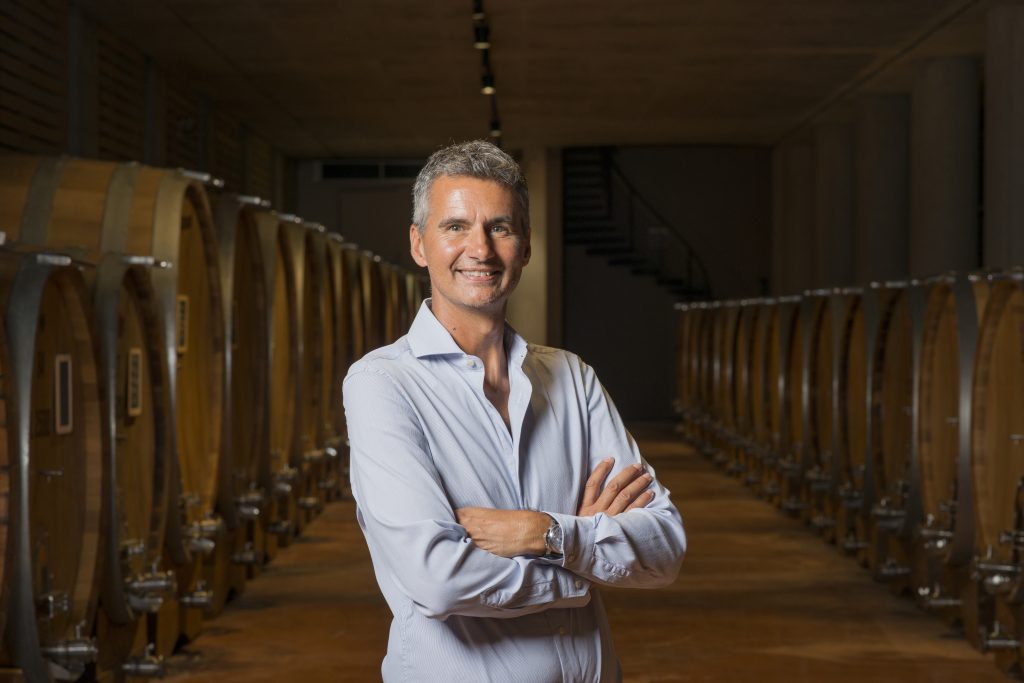
Pietro Ratti had no easy introduction to the family wine business in Piedmont, joining it at the age of 20 in 1988 on the death of his father, Renato. The Ratti wine dynasty is a recent one – they were a family of doctors and vets prior to the end of the Second World War – but Renato changed all that. He spent a decade in Brazil with Cinzano before returning home to fulfil his dream of making Barolo, sinking his savings into a 0.5-hectare plot of vines at Annunziata in La Morra.
“My father was known as the visionary man of Barolo in the renaissance period of Italian wine in the 1960s and 1970s,” says Pietro. “He went to Burgundy and saw the concept of single vineyards, which was already in Piedmont.
“He said: ‘We need to use the [vineyard] name, vinify it separately from other vineyards and bottle it.’” Renato Ratti’s detailed map of the area, officially approved by the authorities, identified no fewer than 170 separate vineyards. On a philosophical level, he played a key role in the stylistic shift from astringency to elegance that has done so much to elevate Barolo in the eyes of wine lovers.
For the young Pietro, continuity and maintaining his father’s legacy were the prime drivers – but, in the decades since, change has come, some of it enforced and some the result of conscious decisions of his own.
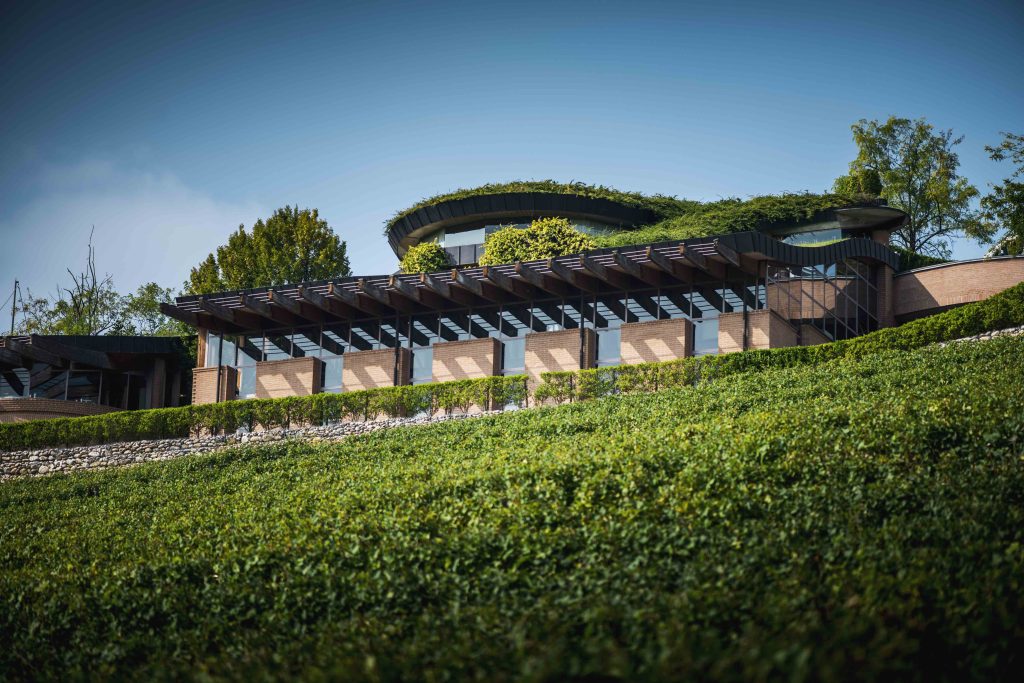
When Pietro started in the business, 80% of Ratti’s grapes were bought-in. But, as the Barolo Boys movement turned growers into winemakers, much of that supply was cut off. Since then, Ratti has amassed a combined vineyard holding of 60ha, over 40ha of it Nebbiolo.
White wines are another point of difference. Ratti has a Chardonnay and a Sauvignon Blanc now – the former sourced from a west-facing, high-altitude (600m) site at Dogliani, the latter from a warmer but north-facing plot at Monferrato. “We have good clones for Sauvignon Blanc and Chardonnay, but Piedmont has such a strong personality that it overtakes the clone,” Pietro says.
Next year, Ratti will release a third white wine: 3,000 bottles, from the 2021 vintage, of a Timorasso from a two-hectare vineyard acquired in 2020 at Sarezzano, near Tortona. Robust and thick-skinned, Timorasso is currently on an upward trajectory – Pietro says it’s easy to buy vineyards, but the price is rising all the time.
“We find it very, very interesting,” he says. “It’s a wine you can age, and Timorasso is very resistant, strong, stubborn. You make it – it stays like that. But it’s very versatile and you can play. There is a problem in that the place is far away. Asti is about 35km from our Barolo vineyards, but 50km from here. I like the wine, but it’s complicated – it’s not an easy place to manage.”
Change is also in the air when it comes to the heart of the Ratti business – its range of Barolos. Pietro has refined the vineyard blend that makes up the Marcenasco bottling and, with the newly-released 2019 vintage, added another single-vineyard expression, Serradenari, alongside Rocche Dell’ Annunziata.
Another single-vineyard wine, Conca 2019, will be held back for release as a Riserva in two or three years’ time. It’s a wine, says Pietro, that often lacks the floral element found in Marcenasco and Rocche. “So I said this wine is always more like liquorice – black liquorice – so if we push longer in oak, it doesn’t ruin the nose, it can make it more complex and bigger.”
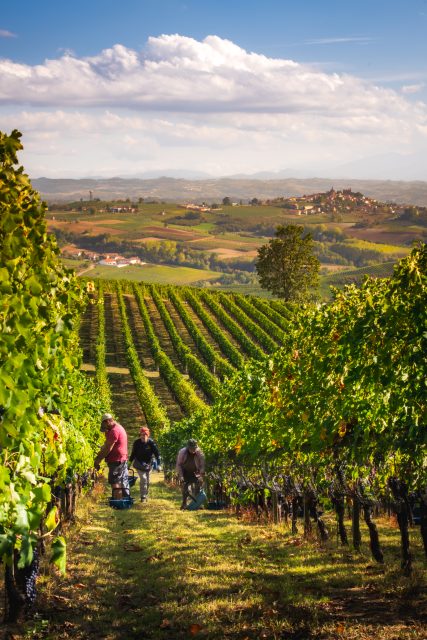
Partner Content
Serradenari – it means ‘hill of money’, although nobody’s quite sure why – is a 4.5ha plot bought in 2017, and also used in Marcenasco (its entire production was blended into Marcenasco in 2018). Serradenari’s higher altitude (480m versus 300m at Rocche), cool winds from the mountains and influence of clay alongside limestone yields a more powerful wine that can handle a little extra oak influence. The vines, about 35 years old, are “at a beautiful age”, Pietro says.
As for 2019, he describes it as “finally the vintage we were looking for in Barolo, because we had 2018 and 2017, very easy-drinking, ready to drink; 2016 came out, unfortunately, in a period when we had Covid. We really liked it, but a lot of restaurants skipped the vintage as they weren’t open”.
There are hopes that 2019 will begin a cycle of good vintages – 2019 and 2021 classic cooler years, 2020 and 2022 on the warmer side – but volumes are an issue. Hail, frost, spring rains, the drought of 2022… one-off events are conspiring with underlying climate change to restrict production.
Piedmont in general and Barolo in particular are seeing the practical effects of the changing climate: more frequent frosts exacerbated by the vines’ more advanced vegetative cycle; the need to use nets to protect the grapes from hail and sunburn. The extra work in the vineyard has increased labour costs by 40-50%.
“In the past, we had too much rain,” says Pietro. “Now we plough to make holes for the water to go down, we add manure before planting and during the year to make the soil less compact, soft so the water can go down.” Grass is allowed to grow between the rows to trap humidity, canopies are managed to encourage more shade.
Rootstocks have an increasingly important role to play here, he believes. “The clone used to be the big idea for the last 30 years. Now it’s rootstocks: which rootstocks to plant for climate change. Rootstocks that go deeper … you need a rootstock that goes immediately down, rather than taking five years.”
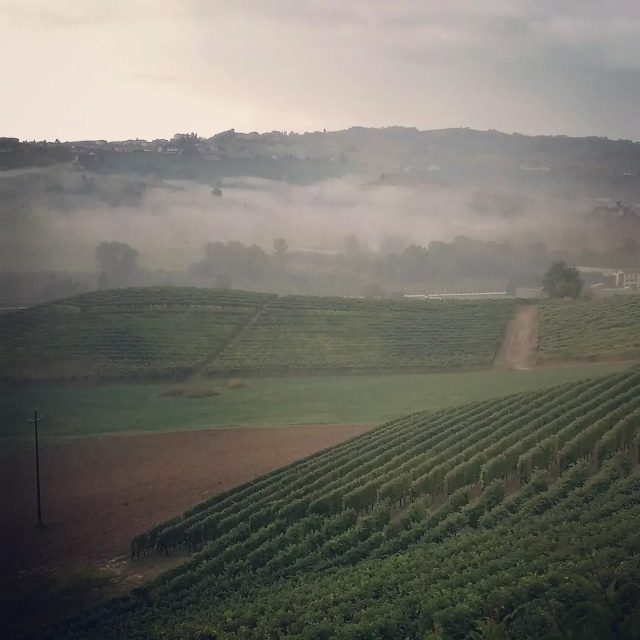
While there are clear causes for concern, there have been pluses too. “My father said that the quality of the vintage was made in the last 30 days [of the growing season],” Pietro recalls. “If it rains less than 70mm, then the quality is good. Now it does not rain any more.”
Even 2022, when drought and soaring temperatures meant sleepless nights for winemakers across Europe, turned out to be a pleasant surprise. “We were shocked at the quality of the grapes in the end, in a good way because it was the first vintage we ever had like that,” says Pietro. “In 2022, the vine adapted from the beginning to the warmth and the season was long enough to make very interesting wines with complexity, perfume and elegance.
“I believe the vine is a plant that has a very, very strong sense of adaptation, in its life but also in the course of a year. The problem before was rot, and you can’t get rid of those flavours. Now it’s the opposite: we have to avoid sunburn and hail.
“Remember that viticulture is against nature – we work the vine like a bonsai. Resilience is adaptation, and adaptation comes from people … We are a bit worried about the future – worried, but also confident.”
Ratti wines, including the 2019 Barolo releases from Marcenasco, Rocche Dell’Annunziata and Serradenari, are available in the UK via Fells.
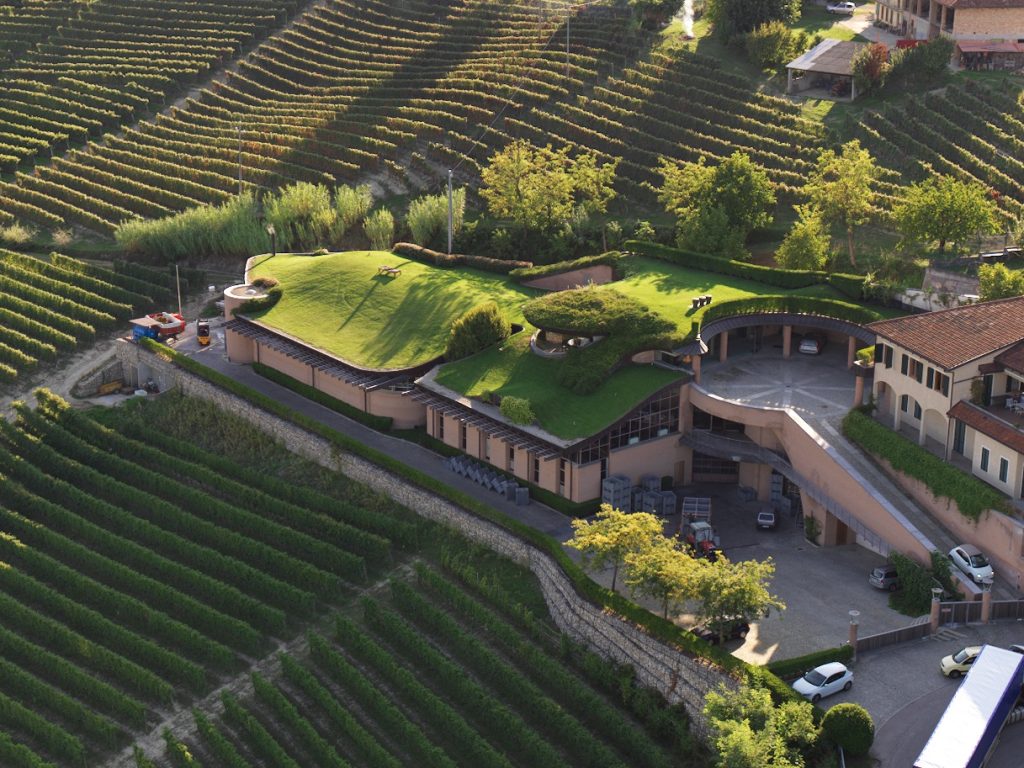
Related news
Freixenet celebrates Mother's Day with multi-channel activations
Why the wine rarely vanishes – the truth about cooking with alcohol




